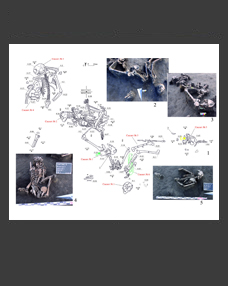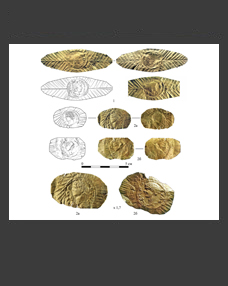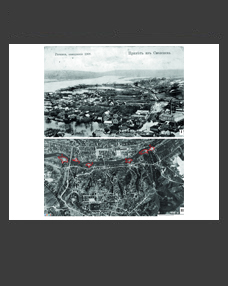Berik D. Madreymov
Karakalpak Berdakh State University, Nukus, Karakalpakstan, Uzbekistan
E-mail: bmadreymov@inbox.ru
Keywords: Ustyurt, workshop, Karakuduk, Barsa-Kelmes, biface, desert tan, deflation, patina, Levallois.
The Karakuduk flint processing workshop is located in the eastern part of the Ustyurt plateau on the northern slopes of the Barsa-Kelmes depression (Republic of Karakalpakstan, a region of Uzbekistan), 1.5-2 km north of the well of the same name. The workshop was uncovered by E.B. Bizhanov in 1978. Surface finds were scattered over an area measuring 200 × 100 m. The collection includes more than 900 lithic finds. One part of them are flinty limestone plates, the other part includes flakes obtained from them. The size of the plates is mostly within 5–10 cm (sometimes bigger), the thickness is on average 1.5-2 cm. The length of most flakes is 2–3 cm (sometimes up to 5 cm). A series of bifacially processed tools was also revealed at the site. E.B. Bizhanov noted different degrees of preservation of artefact surfaces (the collection has not been studied in detail); all of the objects were attributed to the Acheulian. In this article, the author employs the technical and typological method as well as the “deflation rate” method (Derevianko et al., 2000, p. 204) to divide the artifacts from the site into three complexes. These are: Early Paleolithic including 86 items with strong surface deflation; Middle Paleolithic including 703 items with desert tan on the surface, in terms of cultural features they are included in the bifacial faction; and Late Paleolithic – 44 items which only have a patina.
DOI: 10.31857/S0869606324030011, EDN: XAMDVD







